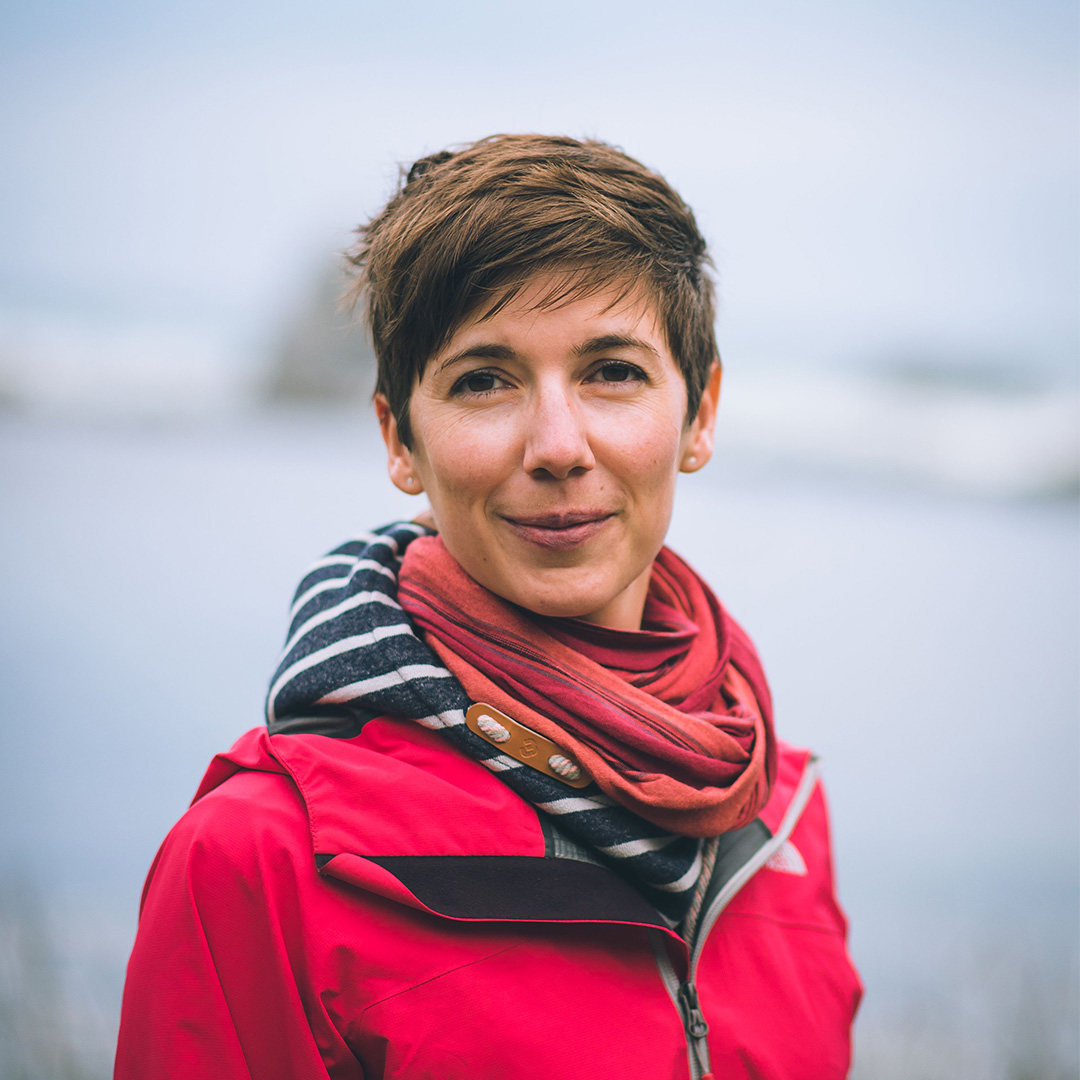
Prof. Dr Anna Franckowiak
Multi-wavelength and multi-messenger astronomy
Research
The research focus of my group is multi-wavelength and multi-messenger astronomy.
Classical astronomy uses light in the visible wavelength range to study sources in the universe. Each time technological advances allowed observations in a new wavelength range, a new window on the universe was opened. Different wavelengths allow us to identify different physical processes in distant sources and thus better understand the nature of the sources. In addition to electromagnetic radiation, i.e. light with different energies, particles and gravitational waves can also provide new information about these astrophysical sources. The combination of all available observations in different wavelengths and, in addition, other messengers such as particles and gravitational waves is the task of multi-messenger astronomy.
The year 2017 ushered in the era of multi-messenger astronomy with two exciting events: first, the first discovery of a kilonova in the electromagnetic range along with a gravitational wave signal from a neutron star merger, and second, the observation of a blazar as a potential source of a high-energy neutrino.
My group is particularly interested in the highest-energy processes in the universe and studies these with optical and gamma radiation and with the only weakly interacting neutrinos. For this purpose, we analyse data from the Fermi-LAT space telescope in the energy range from 100 MeV to >100 GeV and from the ZTF optical survey telescope. In addition, we study neutrino data from the IceCube Observatory at the geographic South Pole. We are involved in the construction of the Large Array Survey Telescope (LAST) to enable regular monitoring of the optical sky and its polarisation.
We study active galactic nuclei, in particular blazars, tidal disruption events and supernovae. Through multi-messenger observations we try to better understand the acceleration of charged particles to high energies and their interactions with matter and photons. In parallel, we model the radiation processes in the sources and compare the model predictions with our observations.

